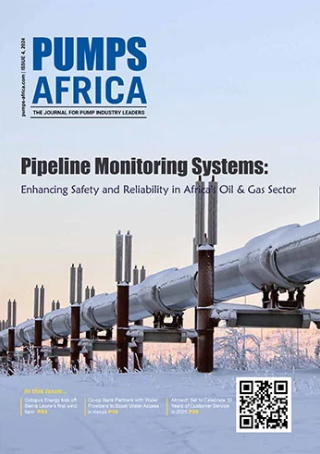Understanding features and benefits of slurry submersible pumps specific to a dewatering application is paramount. This is because pump features and benefits may differ in pump types as they will often have ideal applications that are best suited to some more than others.
Bearing in mind the harsh conditions in mining environments where they are deployed to perform demanding duties, it is only natural that submersible pumps should have a certain set of standard features suitable for their applications.
In particular, it is worth mentioning that an application for which submersible pump is engineered to perform determines its specific benefits and features.
READ: Extend the mechanical seal life of your Centrifugal Slurry Pump
Understanding benefits and features
Understanding features and benefits of slurry submersible pumps specific to a dewatering application is paramount. This is because pump features and benefits may differ in pump types as they will often have ideal applications that are best suited to some more than others.
“A typical submersible water pump will have higher efficiencies than that of a slurry submersible pump. However, a quality slurry submersible pump will be able to handle particles and concentrations of slurry that could damage a water submersible pump in seconds, with ease,” says Rui Gomes, the sales and marketing director at Goodwin Africa.
“Another differentiating factor is the discharge head requirement and pump capability,” Gomes adds. He emphasises that it is imperative that the pumps are accurately specified and suited to the application.
ALSO READ: World’s Safest Submersible Pump For Underground Mining
Important points to take note of are:
- The discharge pressure,
- both static head and back pressure,
- pipe length, as well as fittings and bends,
- Equally of great importance are the application requirements in respect to the tonnage or flow required and product characteristics
There are often exterior influences on the above mentioned aspects, which include: existing structures that the pipe work must avoid, rain water and drainage, power constraints and chemical content. In each case, the design and specification of the pump must account for initial set up, and, if possible, allow for some future growth or expansion.
Critical factors when choosing submersible slurry pumps
Ultimately, with basic knowledge of pump and benefits, one should be able to make an informed choice.
Specifically, a number of essential factors should be considered when selecting the correct submersible slurry pump, whether it is for dewatering, desilting or dam cleaning. The first point is the quantity of product that needs to be transported. The flow rate or tonnage will determine the size of the pump to start. Then the discharge head, which will determine the power required and the pump hydraulics. Equally critical, is the product characteristics, for instance, clean water, dirty water, light slurry, heavy slurry.
On product characteristics, Gomes indicates that, when pumping clean water with a typical submersible pump, all particles and contaminants must be kept removed. Conversely, should the concentration of slurry be higher, a slurry submersible pump will offer longevity of the wear parts and is ‘downwards’ compatible, albeit at a slight compromise in discharge pressure capabilities and efficiency losses.







